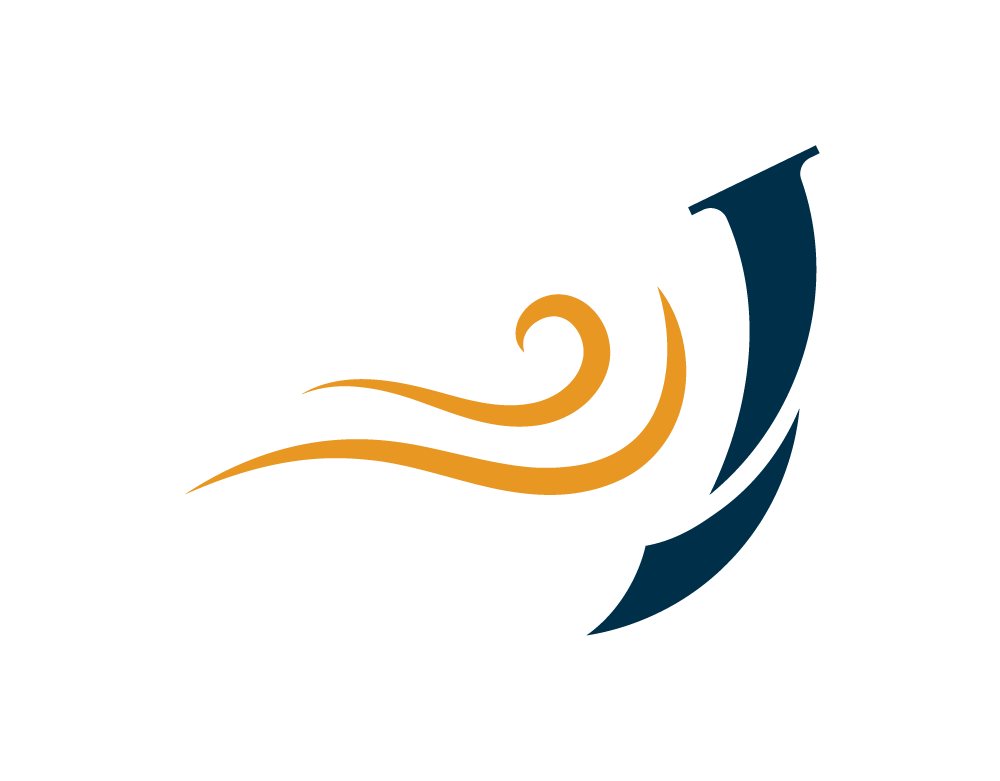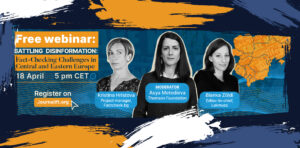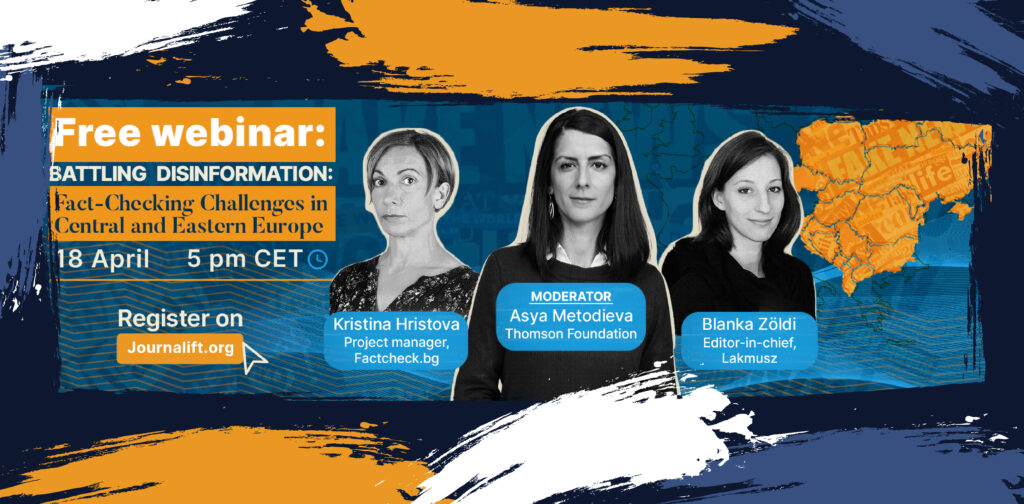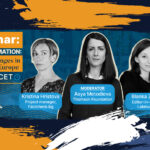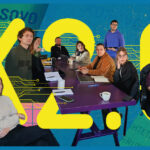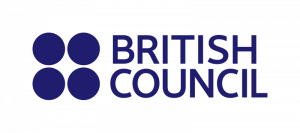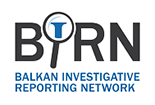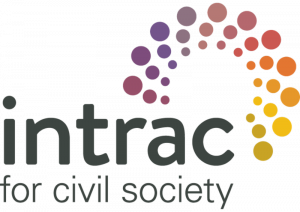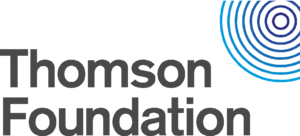In 2014, a group of journalists and editors at Slovakia’s largest news organisation, SME, faced a dilemma. Its takeover by Penta investment group sparked a mass exodus. Forty journalists embarked on a bold venture: founding Denník N. Their mission was clear – to preserve journalistic integrity and be a trustworthy news source for Slovaks. Readers supported the idea from the very beginning by joining the first crowdfunding campaign of Denník N.
In just ten years, Denník N has become one of the top daily newspapers and websites in the country of 5 million people, now attracting 70,000 paid subscribers. The company’s workforce expanded significantly, growing from 40 people to a team of 130. They also developed their own open-source tool called REMP, which has already helped dozens of other independent publishers to understand and monetize their audience better, market their content and sell services. Moreover, Denník N‘s influence has expanded beyond borders with the launching of the Czech Deník N and the Hungarian version, called Napunk.
How have they stayed ahead? Here are key insights based on our conversation with Veronika Munk, Director of Innovation and New Markets at Denník N.
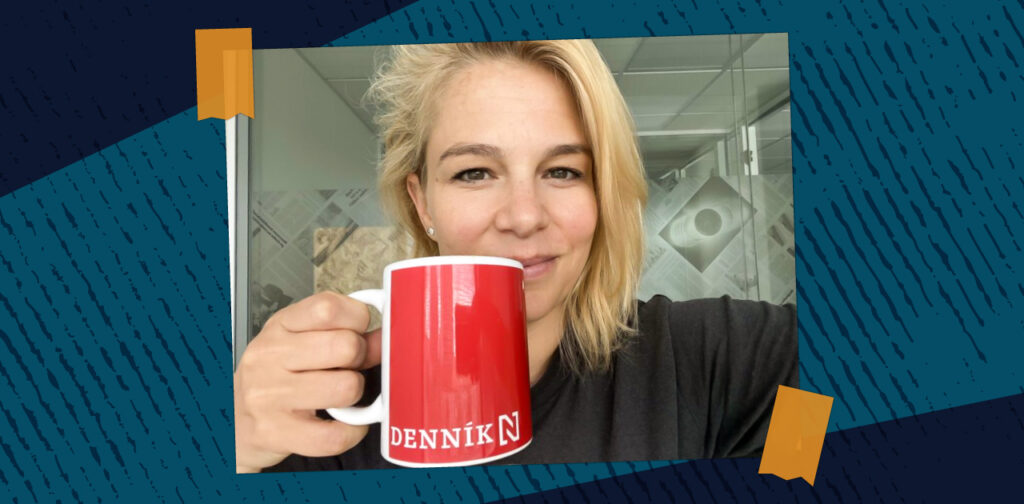
Source: thefix.media
Try new business models
Today, Denník N specialises in producing longform interviews, analytical pieces, and high-quality investigative journalism, alongside minute-by-minute breaking news. It has expanded beyond just a news portal and print daily magazine, becoming a minority shareholder in influential media outlets like the Czech weekly Respekt. Also, Denník N has become a minority shareholder in Fatchilli, an IT company that provides technology solutions to independent media worldwide.
Furthermore, Denník N ventured into book publishing, releasing more than a hundred book titles, among them one called “Rýchlokurz geniality” (A Crash Course in Becoming a Genius) authored by Ľudovít Ódor, a Slovak economist and politician, who briefly held the position of Prime Minister of Slovakia. The book has already been published in three languages.
Quality journalism attracts its audience
With over 70,000 subscribers in a country of 5 million, Denník N‘s subscription model is its biggest achievement. Munk highlights, “Our main metrics are subscriptions. Our content is valuable and influential enough that 70,000 readers decide to pay for it.”
To maintain journalism quality, Denník N strategically assigns some of their most experienced journalists to the news feed. They possess a deep understanding of both local and international contexts, ensuring deep coverage.
Tech solutions to grow reader revenue
Denník N, with the backing of external funds, like the Google Digital News Innovation Fund and hundreds of thousands of euros grant, has launched its own open-source (the code is public and anyone can contribute to it) reader engagement and monetisation platform known as REMP — a solution available for adoption by other newsrooms.
Initially, REMP began as a tool designed to gate articles behind a paywall and track the conversion of readers into subscribers. Over time, REMP has evolved into a comprehensive suite comprising several tools. These include Mailer for efficient newsletter and marketing email management, Campaign for crafting subscription banners and ads on publishers’ websites, and Beam — a segmentation tool empowering publishers to tailor their messages to specific audiences.
Hire data-driven specialists to make better decisions
Denník N established a department comprising data analysts, product developers, and digital director. Since they have a subscription-based business, the daily mission of this department revolves around closely monitoring the health of the funnel, analysing churn rates, and assessing the performance of various segments.
Print version as a marketing tool
As a strategic marketing tool, Denník N publishes a print newspaper five days a week. This print edition helps to extend their reach into various communities and markets. To create a newspaper, Denník N takes content from their website and adapts it for print.
Digital subscribers have the flexibility to choose whether they wish to receive the print edition. This approach is particularly effective among younger readers who often share the newspaper with their parents.
Be flexible
Munk says that quick, iterative changes rather than large, cumbersome projects can lead to more results.
While they explore new ideas, the team avoids sweeping changes like a complete front page redesign. Consider, for instance, the introduction of a front-page button designed to gather newsletter subscribers. If, after a mere few weeks, it fails to deliver the expected results, Denník N removes it without hesitation.
Denník N‘s biggest challenge is adapting to a world where long-form journalism vies for attention with shorter, quicker content. As Munk notes, “The media is trending towards shorter content, especially among younger audiences.” Yet, she says Denník N is determined to maintain its depth and quality while exploring ways to remain accessible and engaging.
Disclaimer: This article was originally published on The Fix Media

